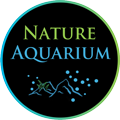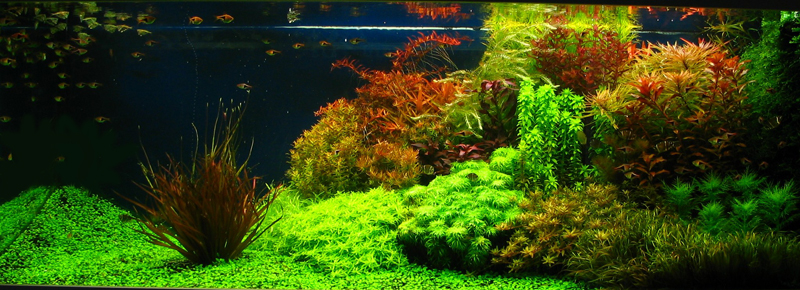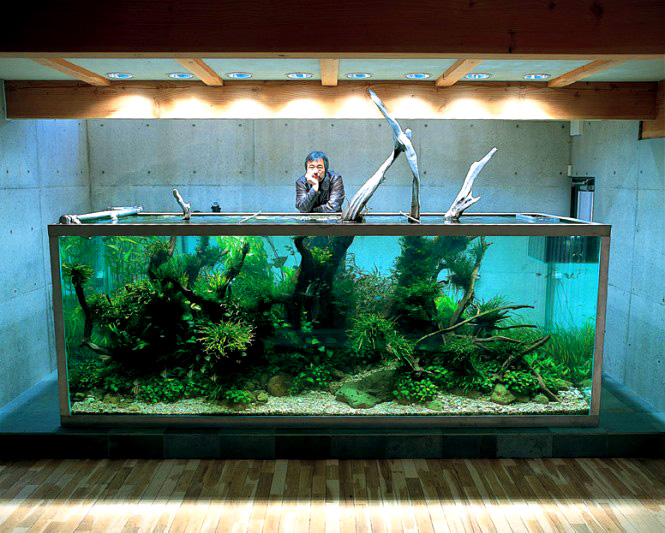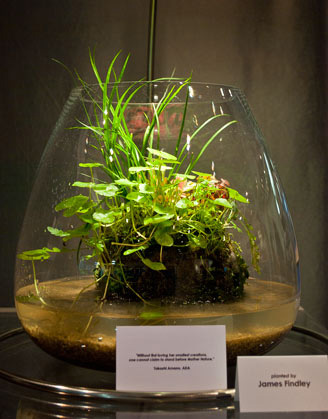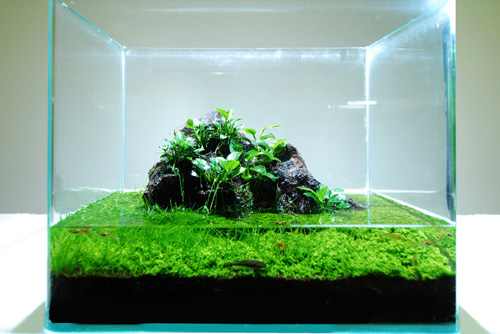The Dutch style was the first style ever used and attempted for a planted aquarium. This style was developed in the Netherlands since the 1930’s, which have been around for quite some time and still exists and used among aquascapers today.
The principles behind the Dutch style technique consist of using many plants; specifically stem plants of no more than 10-12 species, to create a lush arrangement. The use of stem plants in the Dutch style are grouped and neatly planted in rows from back to front. Choosing a selection of plants with diverse sizes, leaf colors, textures, and growth rates are important when creating a Dutch style planted aquarium. These plants should be carefully organized so that there is a contrast in color, leaf size, and texture between each type of plant. Depending on what type of plants you use, the placement of your plants should also be at different heights to provide depth and create focal points. To create the lush look with your stem plants, you will need to heavily trim your plants periodically and provide them with a good amount of nutrients.
Due to heavily planting with this typical style, an algae bloom in the beginning stages will not likely occur You will also find that driftwood and rocks are not used in this type of style. Another great addition to the Dutch style planted aquarium is the use of fish. Having a school of fish will bring the whole aquascape together, creating a sense of completeness. Most tetra species would make a great choice when deciding what school of fish you want to use
